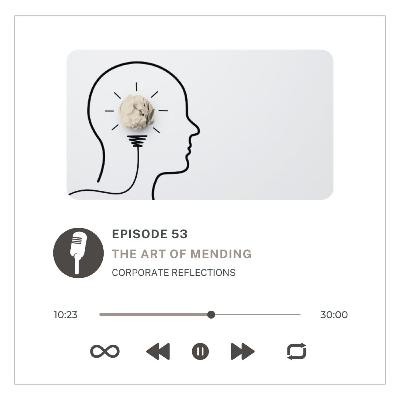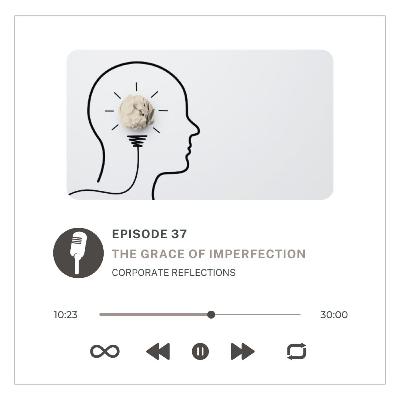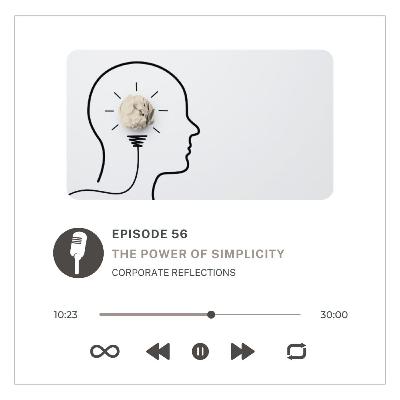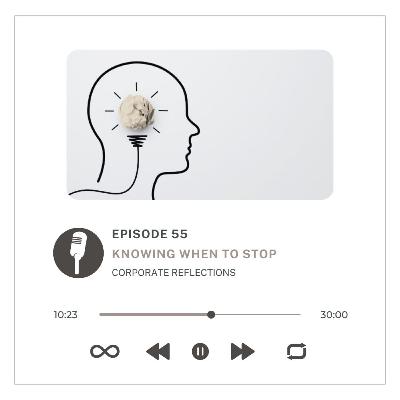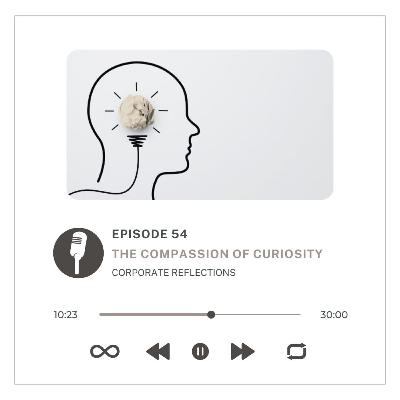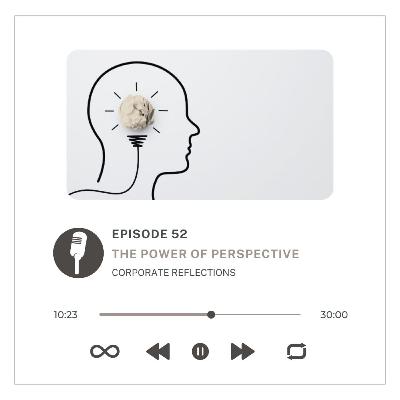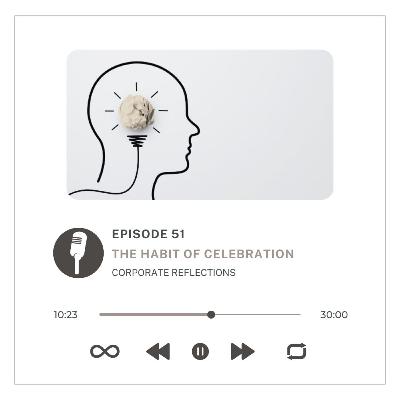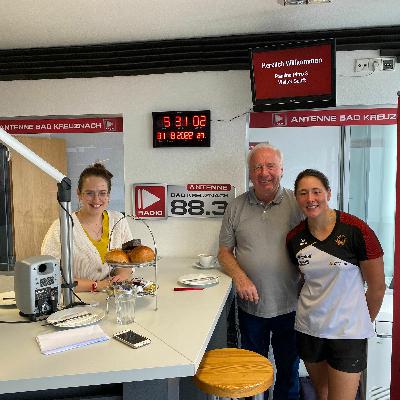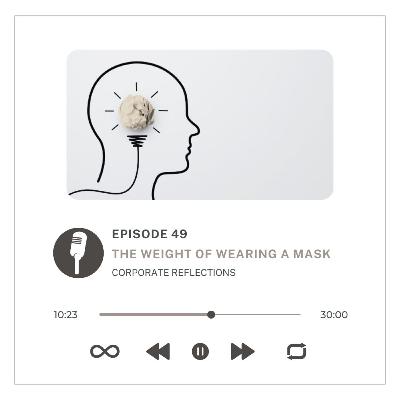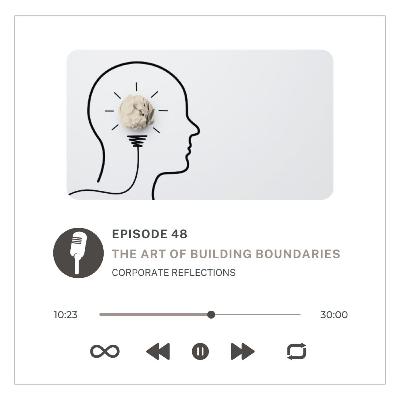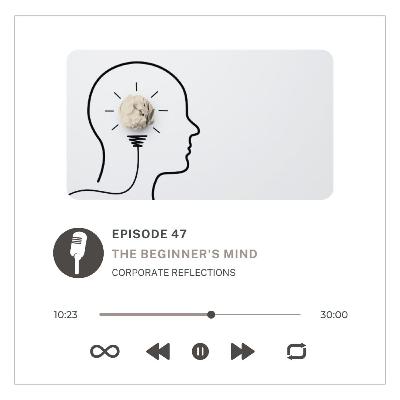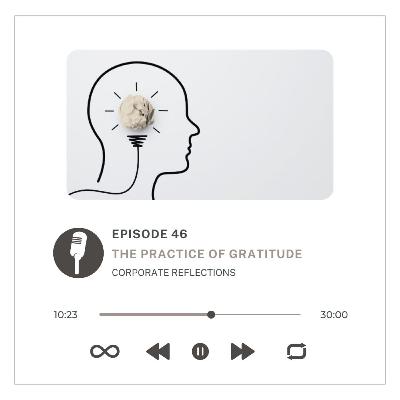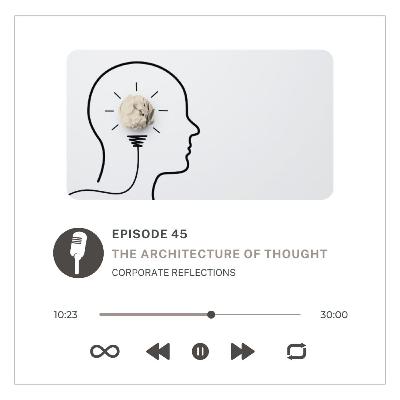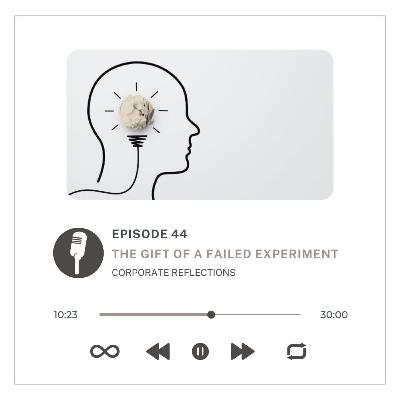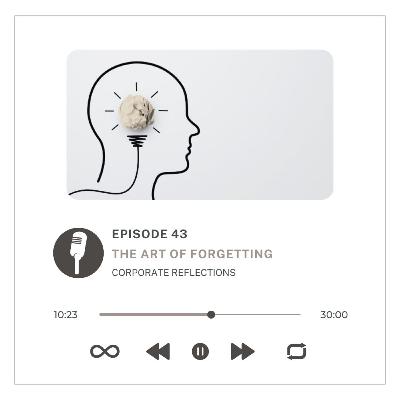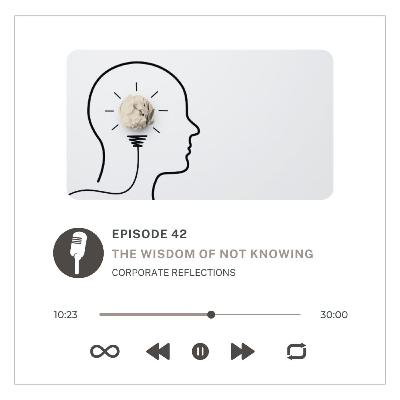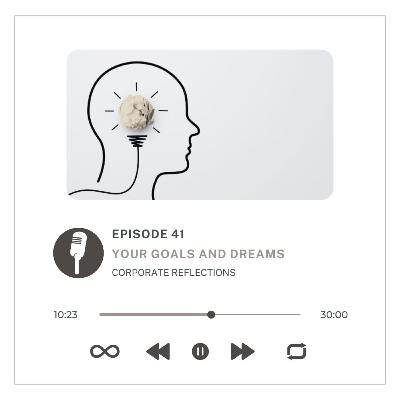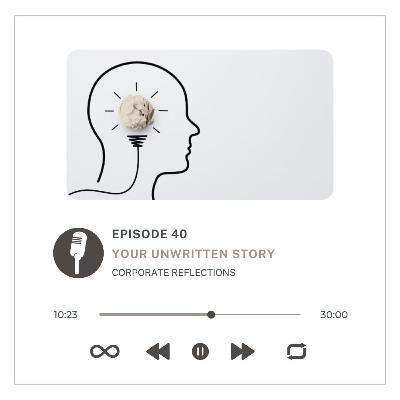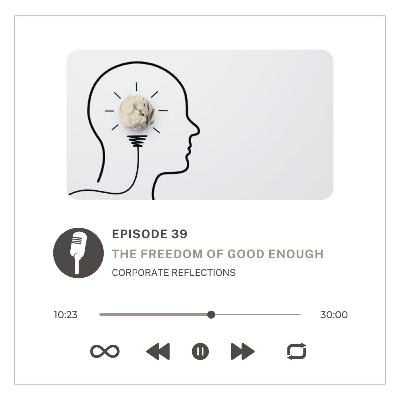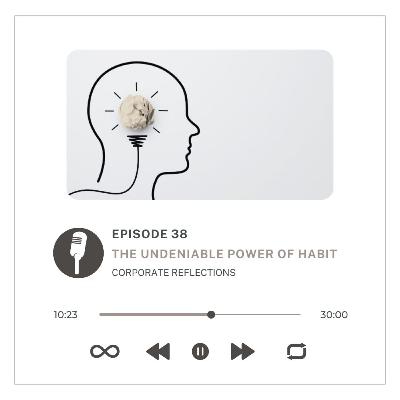Corporate Reflections : The Art of Mending
Description
This reflection is primarily inspired by the Japanese art and philosophy of Kintsugi, combined with modern concepts of resilience psychology and post-traumatic growth :
• Kintsugi : This is the literal foundation of the reflection. Kintsugi (literally "golden joinery") is the Japanese art of repairing broken pottery by mending the areas of breakage with lacquer dusted or mixed with powdered gold, silver, or platinum. The reflection uses this to argue that the object is "more beautiful for having been broken." Kintsugi philosophy is closely related to two larger Japanese aesthetic and philosophical concepts - "Wabi-sabi", the acceptance of transience and imperfection. It finds beauty in the natural processes of wear, age, and damage; and "Mushin", the acceptance of change and fate, allowing one to move forward without attachment to the past, including the past perfect state of an object or self.
• Post-Traumatic Growth and Resilience : The reflection reframes "broken projects, broken promises, and broken parts of ourselves" not as failures but as an "opportunity for beautiful repair." The "scars of our experiences" are the "golden lines" that give depth and character. This is a core tenet of Resilience Psychology.
• Post-Traumatic Growth (PTG): Psychologists Richard Tedeschi and Lawrence Calhoun developed the concept of PTG, which suggests that individuals can experience positive psychological change and deeper appreciation for life as a result of struggling with trauma or major life crises. The golden seam represents this growth.• Anti-Fragility (Nassim Nicholas Taleb): The idea that a repaired object is stronger and more beautiful aligns with Taleb's concept of anti-fragility, which suggests some things benefit from shocks and chaos, growing stronger when exposed to volatility.
• Narrative Identity and Authenticity : The brokenness is seen as a "story to be told," and the imperfections are what make us unique. The repair doesn't hide the history; it makes it a feature. This connects back to Narrative Psychology. We construct our identities through the stories we tell ourselves and others. The reflection encourages integrating wounds and failures into the personal narrative, making the story more authentic and relatable, rather than hiding the "cracks and scars" out of fear.

